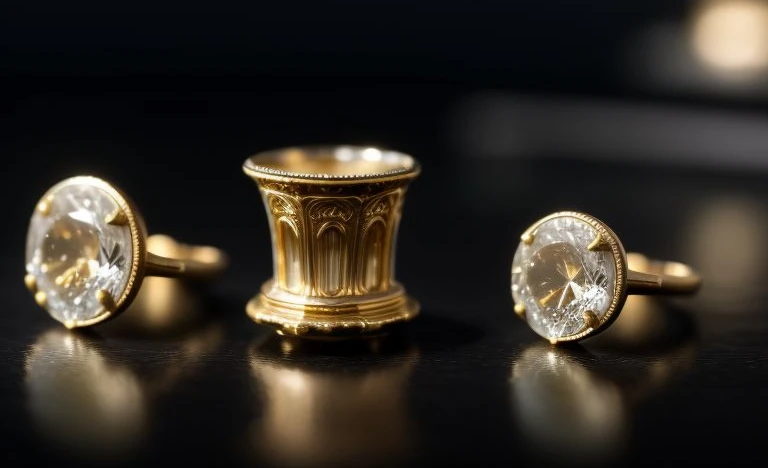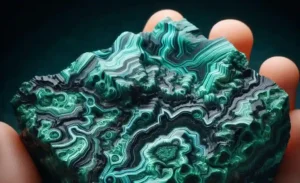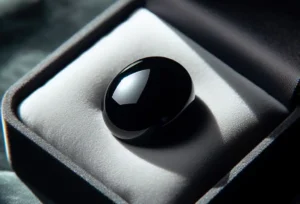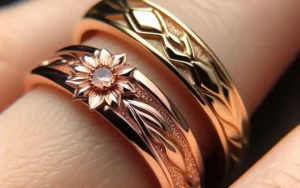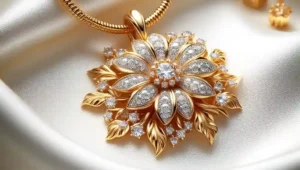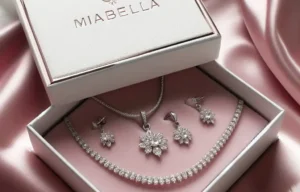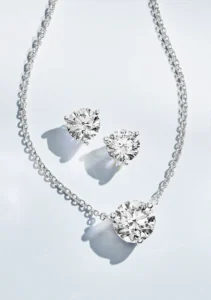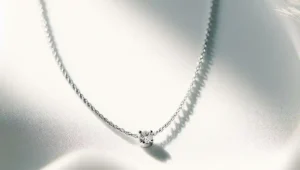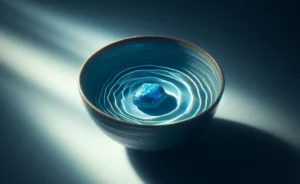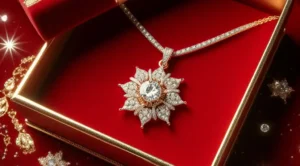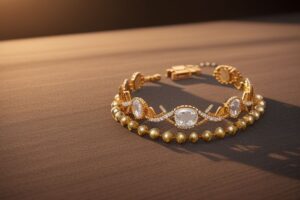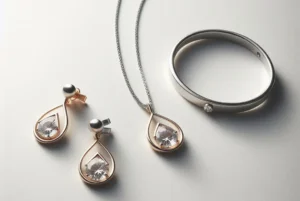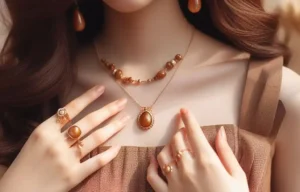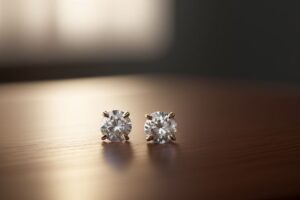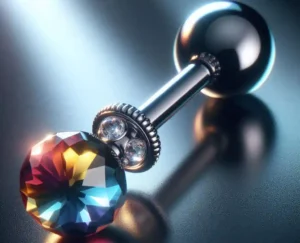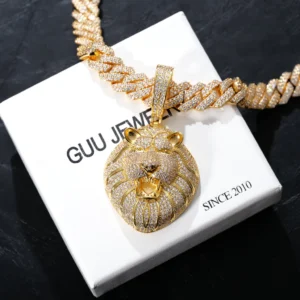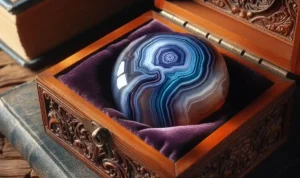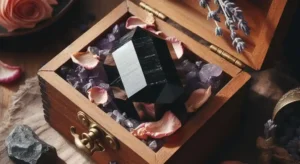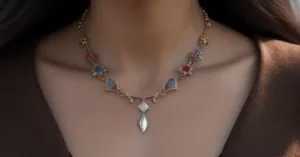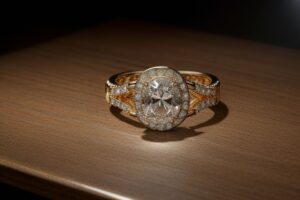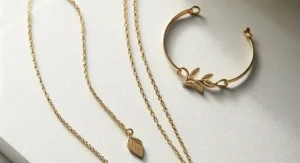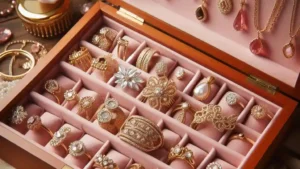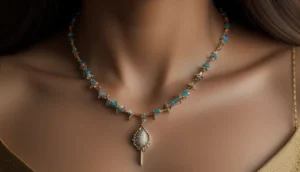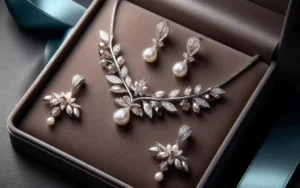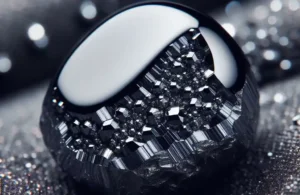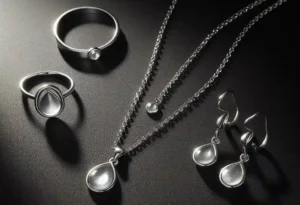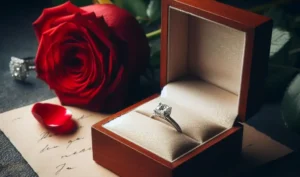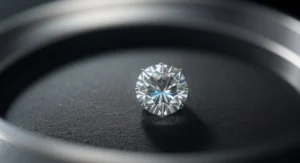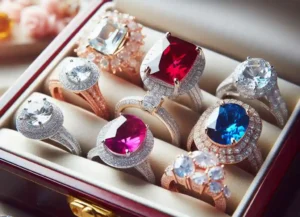How to Identify Old Pawn Jewelry? – Old pawn jewelry carries a rich history that is entrenched in the lives of Native American tribes.
But how can you distinguish between the genuine pieces and the replicas? This blog post will guide you through the ways of spotting the real deal.
How to Identify Old Pawn Jewelry?
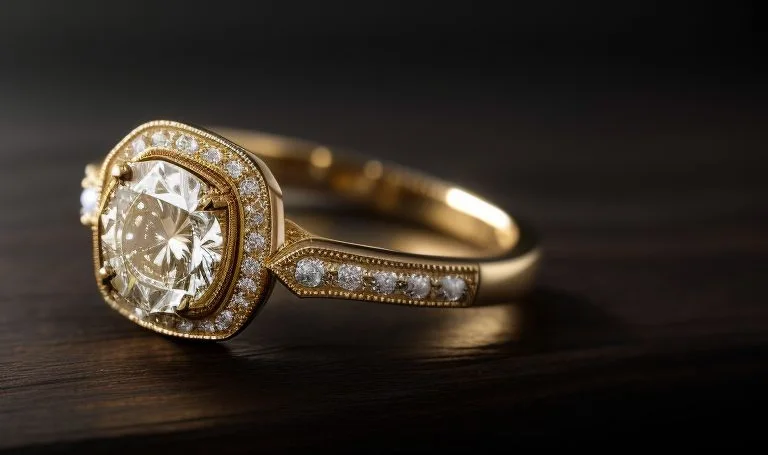
Identifying authentic old pawn jewelry can be a multi-faceted process:
– Understand the history and culture: Knowing the cultural context of old pawn jewelry can help differentiate genuine pieces from replicas. Recognize the tradition of pawning these valuable items and their significance to Native American tribes.
– Assess the materials: Genuine old pawn jewelry often utilizes silver and semi-precious stones like turquoise and coral. Look for signs of wear and patina, indicative of age and use. Examine the stones for quality and distinct characteristics.
– Recognize design elements: Tribal symbols and motifs incorporated in the designs can hint at the piece’s authenticity. However, lack of these doesn’t necessarily mean it’s a counterfeit.
– Inspect the turquoise: Genuine turquoise exhibits color variations and unique matrix patterns. It also remains cool to touch, even in warm environments.
– Examine the hallmarks: Though not universal, hallmarks can offer valuable insights into the jewelry’s origin.
– Observe age and wear: Signs of repair, adjustments, and a natural patina are common in authentic pieces.
– Consult professionals: In case of uncertainties, consider seeking a professional appraisal. Their expertise can confirm the piece’s authenticity and provide a valuation.
Understanding the Concept of Old Pawn Jewelry
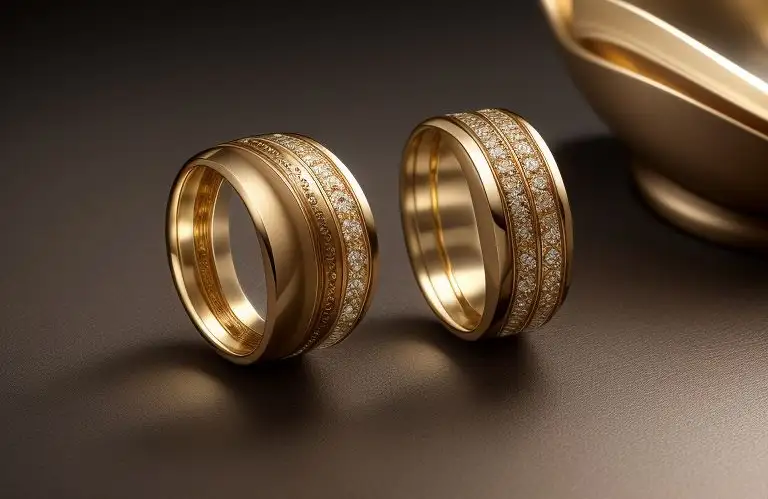
The term ‘old pawn jewelry’ has its roots in the Southwestern regions of the United States, primarily tied to the traditions of Native American tribes. Historically, these tribes would pawn their intricately crafted jewelry pieces in exchange for goods or financial assistance during times of need.
These pieces of jewelry were not merely decorative items but held deep cultural significance, with designs often reflecting the tribe’s symbols or motifs. This exchange process is what gives rise to the term ‘pawn’.
The understanding of this tradition can act as a foundation in distinguishing authentic old pawn jewelry from replicas.
The authenticity of old pawn jewelry also stems from its handmade quality, often made using traditional methods. Recognizing this historical and cultural context is crucial in learning to identify genuine old pawn jewelry pieces.
Examining the Materials Used in Old Pawn Jewelry
Materials play a pivotal role in identifying authentic old pawn jewelry. Primarily, these pieces are crafted using silver and adorned with semi-precious stones like turquoise and coral. The use of such high-quality, traditional materials contributes to the authenticity of the piece.
It’s essential to note that genuine old pawn jewelry exhibits signs of wear and patina that attest to its age and use. Conversely, the silver used in replicas often has an overly shiny, new appearance, a tell-tale sign of inauthenticity.
The stones used in the jewelry are also key indicators. Genuine turquoise or coral stones are distinct in appearance and quality, making them hard to replicate. Replicas might employ alternative materials or lower-grade stones in an attempt to imitate the look of the real deal. So, a close examination of the materials used can provide essential clues about the jewelry’s authenticity.
In addition to the visible characteristics of the materials, their weight and feel can also provide valuable information. For example, silver is relatively heavy compared to many common base metals, so an authentic piece will often have a substantial feel. The stones should also be smoothly set and secure in the jewelry, another indicator of quality craftsmanship.
Remember, though, that despite these tips, it can be challenging to distinguish authentic old pawn jewelry based on materials alone. Many counterfeiters have become skilled at imitating the look and feel of genuine materials.
So, while materials are an important consideration, they should be considered alongside other factors such as design, hallmarks, and signs of age and wear.
Recognizing the Unique Design Elements of Old Pawn Jewelry
The identification of old pawn jewelry is significantly tied to an understanding of the individualistic design components incorporated within each piece. Each tribe had its own distinct set of symbols and motifs that they incorporated into their jewelry, reflecting their unique culture and beliefs.
You might find motifs ranging from various animals to celestial bodies or even agricultural elements like cornstalks imprinted into the metalwork. The complexity and intricacy of these motifs are generally a good indicator of the artisan’s proficiency and the piece’s authenticity.
Thus, developing a discerning eye for these tribal motifs can prove invaluable in differentiating authentic old pawn jewelry from counterfeit replicas.
However, it’s also important to consider other aspects such as the materials’ quality and the signs of age and wear, as the design elements alone cannot conclusively determine authenticity.
A piece may lack tribal motifs yet still be an authentic piece of old pawn jewelry, while a counterfeit may incorporate these designs as part of a well-executed imitation. Therefore, careful scrutiny of design elements should be considered a piece of the puzzle in identifying authentic old pawn jewelry.
Spotting Genuine Turquoise in Old Pawn Jewelry
Spotting authentic turquoise is essential in determining the legitimacy of old pawn jewelry, as this semi-precious stone is commonly featured in many traditional designs. To discern genuine turquoise, focus on its color variations and unique matrix pattern.
Authentic turquoise comes in hues from greenish-blue to sky blue and is characterized by an intricate, often web-like matrix pattern. This pattern is essentially a natural fingerprint, making each stone unique and resulting from the stone’s mineral content and formation process.
Counterfeit turquoise, on the other hand, usually presents a uniform, vivid blue color, with either no matrix at all or one that appears painted on – a clear red flag of inauthenticity. Another useful tip to remember is that genuine turquoise is cool to the touch, even in warm environments.
This characteristic is due to its high thermal conductivity. If the stone warms quickly to the touch, it may not be authentic turquoise.
Therefore, while the design elements and materials of the piece are important, a careful examination of the turquoise can provide additional clues about the authenticity of old pawn jewelry.
Understanding the Significance of Hallmarks in Old Pawn Jewelry
Hallmarks have a significant role in the realm of jewelry, including old pawn pieces. These marks or stamped symbols are a form of signature by the artist or an indication of the originating tribe. However, it’s vital to acknowledge that the presence of hallmarks isn’t a universal standard across all old pawn jewelry.
The tradition of incorporating hallmarks didn’t become widespread until the latter part of the 1970s. Therefore, a lack of a hallmark on a piece does not automatically signify that it’s a replica or counterfeit. Instead of seeing it as a red flag, consider it a reflection of the time when the piece was likely created.
On the other hand, when hallmarks are present, they can offer valuable insights into the jewelry’s authenticity and provenance. They can often guide you to the creator or the tribe, enhancing the item’s historical context and cultural connection.
While understanding and interpreting these hallmarks can require some research, it can be a rewarding part of the journey into the rich history and tradition of old pawn jewelry.
So, while the hallmark—or the lack thereof—can provide some information, it shouldn’t be the only factor you rely on when assessing a piece’s authenticity. Always consider it alongside other indicators such as the materials used, the design elements, and signs of age and wear. It’s all part of the intricate tapestry that makes up the fascinating world of old pawn jewelry.
Assessing the Age and Wear of Old Pawn Jewelry
Evidence of age and usage is often imprinted on genuine old pawn jewelry, creating a unique character for each piece. These markers of age can be seen in signs of repair or adjustments, reflecting the longevity of the piece and the care taken to preserve it.
The presence of a patina, a specific type of sheen that evolves over extended periods due to oxidation, can also be a clear sign of an authentic old pawn piece. This naturally formed patina is usually even and nuanced, contributing to the charm and character of the piece.
In contrast, replicas often exhibit artificially induced patina, which can appear forced or inconsistent.
It’s crucial to understand that assessing these indicators of age and wear should be part of a holistic evaluation process that includes other factors like the materials used, unique design elements, and the presence or absence of hallmarks.
Nonetheless, an understanding of the signs of age and wear can play a vital role in differentiating an authentic piece of old pawn jewelry from a skillfully made replica.
Seeking Professional Appraisal for Old Pawn Jewelry
When in doubt about the authenticity of a potential old pawn jewelry piece, it is advisable to seek an expert opinion. A professional appraiser with knowledge and expertise in old pawn jewelry can be your guiding star.
These experts have specific tools and extensive knowledge to verify the piece’s origin and authenticity. This step can clear any uncertainties, allowing you to confidently add the piece to your collection or make an informed decision about its sale.
Appraisers also have the skills to provide a reliable valuation of the jewelry. This information is particularly beneficial if you consider insuring the item, need a value for estate purposes, or plan to put the piece on the market. Valuation from a professional offers an assurance that you’ll be getting a fair price or the right amount of coverage.
In essence, the role of a professional appraisal extends beyond just confirmation of authenticity. They can offer peace of mind, ensure a fair transaction, and provide valuable historical insights into the piece.
Therefore, when dealing with old pawn jewelry, a professional appraisal can be an invaluable resource.
Remember, identifying authentic old pawn jewelry requires an intricate understanding of its design, materials, hallmarks, and signs of age and wear. Yet, having an expert on your side can make this journey much more straightforward and enjoyable.

